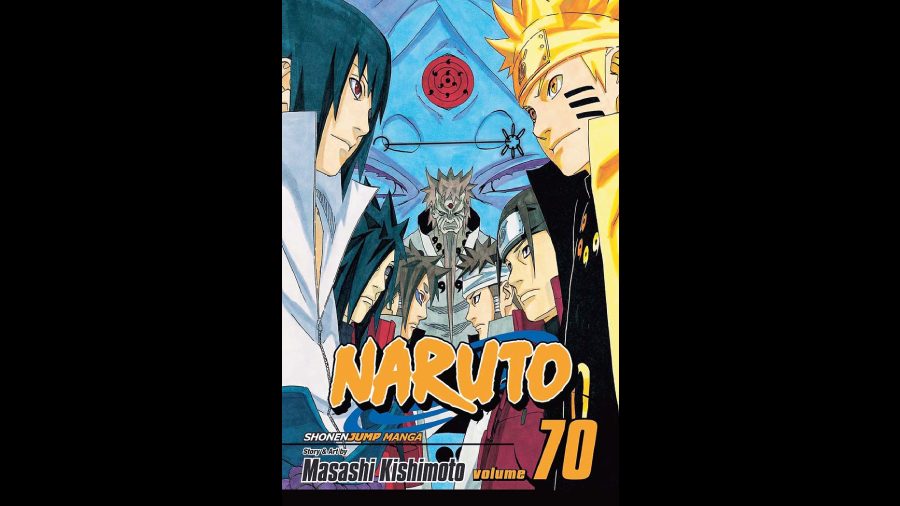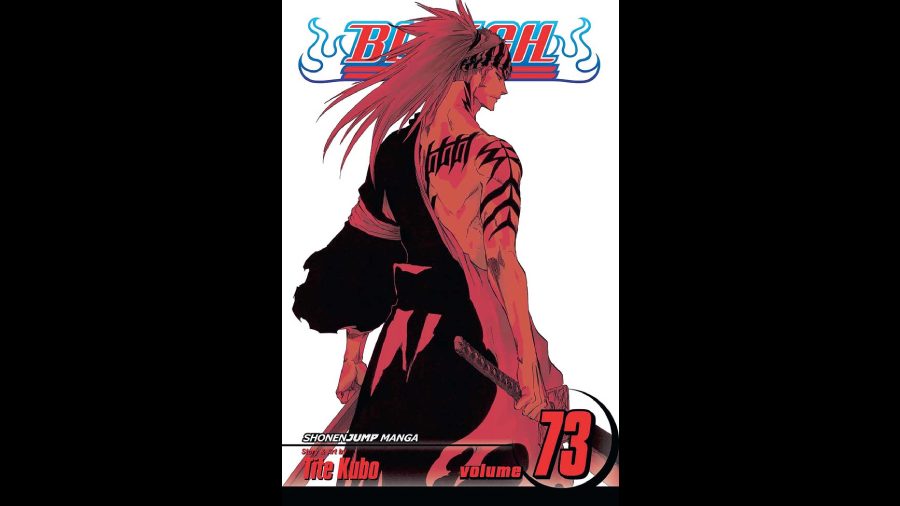A fan of storytelling media such as visual novels or comic books? Then here’s your sign to venture into a similar category that’s all the rage in the world right now: manga. Also called manhwa or manhua, depending on where it’s been written, manga is an absolute haven for those who need to obsess over a new medium of reading but don’t want to limit themselves to a particular genre. Drawing from the Japanese characters “man” meaning whimsical and roundabout, and “ga” meaning pictures, the art of manga has evolved over the decades into a movement that has enraptured many across the globe. And if the mention of starting from scratch within a whole new subculture seems daunting, here’s a comprehensive beginner’s guide to manga.

Reading Manga: What to Expect?
Let’s get down to the basics here. Unlike comic books or visual novels influenced by the West, manga is read from right to left. That means you might want to break in your new volume of Bleach from the last page and start reading from the panel at the right side of the page.
Additionally, prepare yourself to be a collector in the near future. Most manga is serialised — meaning that you’ll have to purchase new volumes as and when they come out. Ranging anywhere from two to 200, these volumes are sure to keep you on the edge of your seats, waiting (im)patiently for the next in the series.
Thirdly, you’ll never be short of genres to explore. From romances that make you swoon to light comedies that never allow for a dull moment; from ghastly gore that promises nightmares to its readers to tales of dazzling victories scored by heroes — manga has it all for you. All you need to do is figure out a genre and art style that appeals to you, after which you’ll fully be initiated into the dynamic world of being a manga reader.

Important Terms To Remember
There are a few terms thrown around by long-time manga readers that might be confusing to a beginner. Here’s what they are:
Shounen:Translated directly as “boy” in Japanese, shounen manga is exactly what the name suggests. In manga that stereotypically caters to teen boys, you’ll find classics such as Naruto, Bleach, and One Piece. It encompasses the genres of adventure, action, and even horror.
Shounen Ai: Taking from the Japanese characters for “boy” and “love”, shounen ai manga can be somewhat difficult to explain. Ranging anywhere from depicting a strong emotional bond between boys to full-blown romantic relationships, shounen ai has recently seen a huge boost in popularity. If this description interests you, try out titles such as Banana Fish and Given.
Shoujo: Similarly, shoujo means “girl” in Japanese. Shoujo manga, or simply shoujo, is meant for a female audience in their teens. Typically found here are plots infused with romance, magical girls, and fantasy. Titles like Kaichou wa Maid Sama and Ouran High School Host Club are sure to provide you a mellow tale of love, with occasional instances of humor peppered in.
Isekai: A fan of magical and fantastical worlds in literature? Then you’re going to love isekai manga. A common element for all isekai is the fact that the protagonists usually finds themselves in a world completely different to the one they’ve been living in. With manga such as No Game No Life and Sword Art Online, the protagonists are transported to worlds inside video games, where they must fight their way out to the real world by beating the game they’re in. A definite classic in the isekai genre is the old-school art style of Inuyasha.
Doujinshi: Referring to fan-published works of manga, it is perhaps best to steer clear of them if you’re only just starting on your manga journey. Doujinshi closely resemble fan fiction, but in the form of manga. However, some artfully drawn texts such as Goshujinsama to Watashi might be a great place to start from.

The Art Style of Manga
While manga is almost always associated with a typical art style, there are indeed discernible (and often, drastic) differences between the art styles of different mangaka or manga artists.
Some mangaka employ the usage of heavily detailed environments and largely realistic yet ethereal character designs in their manga, as seen in the likes of Your Name. Other manga can be noticeably set apart by their depiction of chibi characters with puffy cheeks and tiny body proportions, set against faintly detailed background. You may find this art style in manga such as Himouto! Umaru Chan. While still others may have bizarre art styles that you may not associate with manga at all. If you’re a fan of unique art styles, then you can check out manga such as Dorohedoro. However, a definite hit for all in terms of the art style has to be the old-school details that manga of the 90s and early 2000s sported — most commonly found in manga such as Outlaw Star and the short-lived manga for Cowboy Bebop, or even Yu Yu Hakusho.

So Where Should You Start?
To be honest, the sky is the limit as far as manga is concerned. Whether you want to procedurally initiate yourself into reading manga by starting with the most popular ones in recent years, namely, Kuroshitsuji (Black Butler), Death Note, and Fruits Basket, or dive right into your niche by looking up manga belonging to your genre of choice — the possibilities are truly endless. Since there’s always new manga constantly being released, you’ll never be short of the next thing to read that might just climb the ranks to be your new favourite. There’s truly something here for everyone, so come on in!
